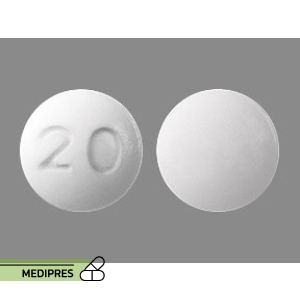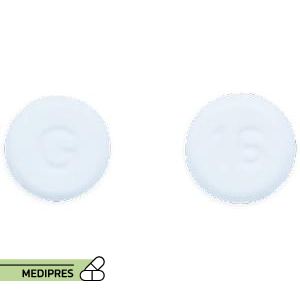
Havrix
23 June, 2023
Hepsera
23 June, 2023Hemady
Category: H
Description
Generic name:
Ferrous sulfate
Drug class:
Iron supplement (ferrous salt)
Dosage form:
Tablet, capsule, oral solution, drops
Root of administration:
Oral
Dose:
Adults: 325 mg (65 mg elemental iron) orally 1–3 times daily; Pediatrics: 3–6 mg/kg elemental iron daily divided in 2–3 doses
Mechanism of action:
Provides elemental iron for incorporation into hemoglobin and myoglobin, supporting erythropoiesis and oxygen transport
Drug usage cases:
- Treatment of iron deficiency anemia
- Prevention of iron deficiency in high-risk populations (e.g., pregnancy)
- Off-label: Restless leg syndrome associated with iron deficiency
- Off-label: Preoperative iron repletion
Drug contra indications:
- Known hypersensitivity to ferrous sulfate or any component
- Hemochromatosis or other iron overload disorders
- Hemolytic anemia
- Peptic ulcer disease, esophagitis, gastritis
- Colonic ulceration
Side effects:
- Gastrointestinal upset (nausea, vomiting, abdominal pain)
- Constipation or diarrhea
- Dark or black stools
- Teeth staining (liquid formulations)
- Metallic taste
- Hypersensitivity reactions (rash, pruritus)
Warnings:
- Risk of accidental overdose in children; keep out of reach
- Caution in patients with peptic ulcer disease or inflammatory bowel disease
- May interfere with absorption of certain antibiotics (e.g., tetracyclines, quinolones)
- Separate administration from antacids, calcium, and dairy by ≥2 hours
- Monitor for signs of iron overload in long-term therapy
Use during pregnancy or breastfeeding:
Use in pregnancy is recommended for treatment and prevention of iron deficiency anemia; classified as Pregnancy Category A. Monitor maternal hematologic status. Iron passes into breast milk in small amounts; considered compatible with breastfeeding. Monitor infant for GI intolerance.



